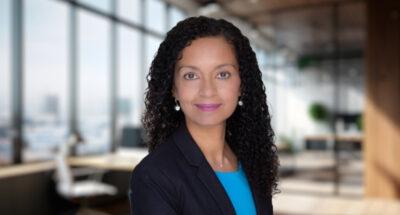First, the combined interpretation of ICRs and Z-scores contains a lot of valuable information about the underlying health of different firms. Take Tesla and AMC Entertainment, for example. Tesla, founded in 2003, is a younger firm that seeks to transform an entire industry. However, Tesla only started to generate a positive operating income three years ago. Its ICR therefore stayed below one for a long time, which officially made Tesla a zombie firm until 2020. Tesla’s -score, on the other hand, had been consistently positive since 2013, which meant that there had been little assessed danger of bankruptcy for all these years. From 2013 to 2020, Tesla was therefore technically a zombie that was likely to survive and subsequently turned into a firm far from corporate distress. The opposite is true for AMC, which was founded in 1920 but only became world-famous during the 2021 meme stock mania. It had been a relatively solid company for many decades before it eventually turned into a zombie likely to survive in 2017 and subsequently into one likely to die from 2020. These contrasting examples highlight how these two indicators in the Crux of Capitalism data can provide valuable insights.
Second, we can learn a lot from looking at continuous (or “fuzzy”) versions of our ICRs and Z-scores. An average of about 32% of firms were zombies between 2005 and 2022 according to the binary ICR<1 criterion. However, there were also about 14% of firms that were in danger of becoming zombies (those with an ICR of 1-3). The same is true for our Z-scores (right panel of Figure 2). While there were only about 12% of firms with elevated bankruptcy risk according to the Z-score<0 definition, an additional 36% were vulnerable as well.

Audio available








